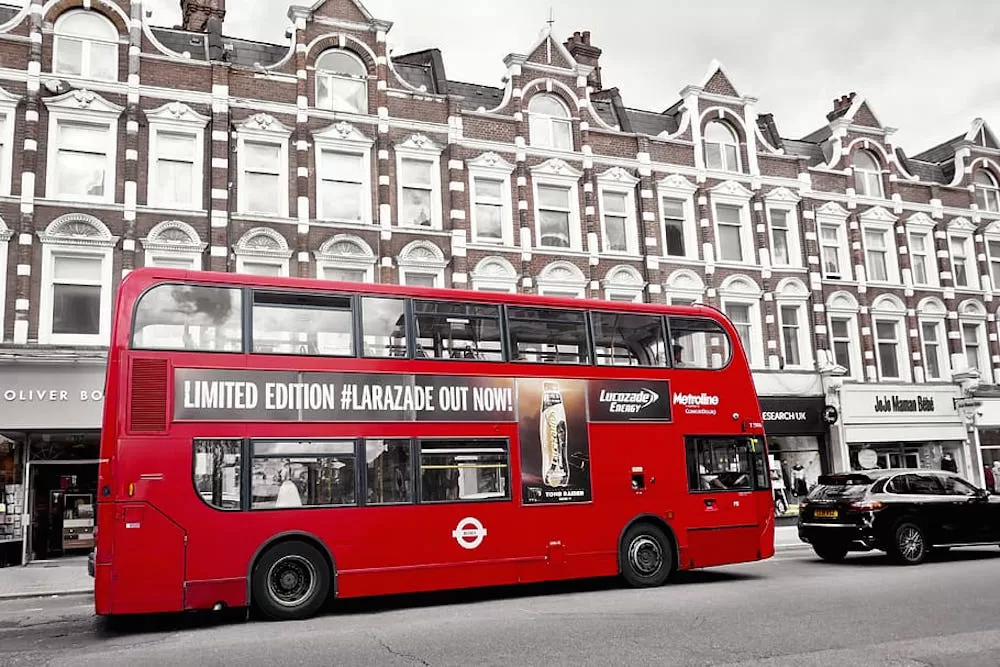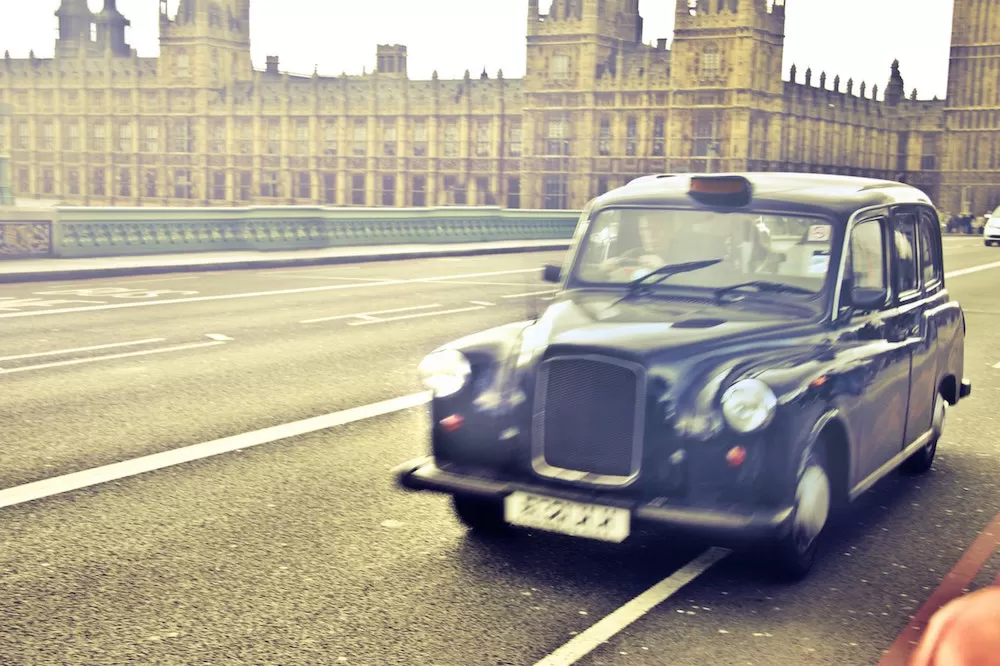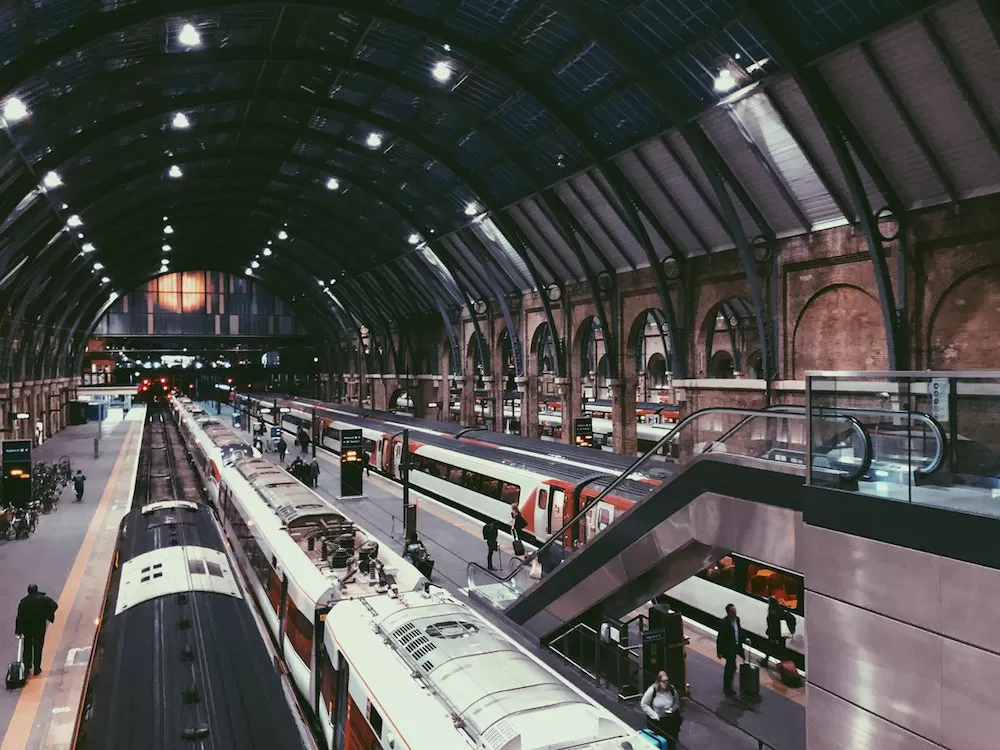
As with any other major city, London offers special cards and passes that give unlimited access to certain modes of transportation. Here, there are two main kinds, the Travel Transport Pass and the Oyster Card. The former is the original travel pass used by locals and tourists alike, giving unlimited travel on buses, the underground railway system, DLR, and others for an amount of time. Passes are available that can be used within a day, a week, a month, and possibly longer. The latter, on the other hand, is the more high-tech version that locals prefer because it helps lower the cost of traveling within the city altogether.
Have you seen the many black cars all around London? No, this doesn't mean that black is the favorite color of many car-owning Londoners. Those dark-hued vehicles are actually the city's taxis. Yep while New York has its famous yellow cabs, London has the sexier black taxis. And they operate just about anywhere within the British capital. Of course, there will be areas where they frequent more, particularly commonly crowded areas and the city's tourist hotspots. But now, thanks to many ride-hailing apps, you can call for a taxi wherever you are in London (or even beyond!).

While the black taxis are cool, they're not exactly the most popular of the public transport systems here in London. That's actually the buses of the city. Or more specifically, the double-decker buses. Various cities have doubler-deckers now but it was London that popularized this version of the public vehicle. They're mostly used for tourism but a good many of them still operate normally for the local Londoners. They're popular with them as well because it's the cheaper option for overground commuting than taking a taxi. And if you got a Travel Transport Pass or Oyster Card, you can ride them as often as you want/need.
If you've ever heard a Londoner mention the "tube," they're actually talking about the city's underground railway system. Similarly to New York's subway, London's underground trains will get you to where you want/need to be at some of the cheapest prices as far as public transport is concerned. And they're arguably the most convenient too as each passing train comes just within minutes—at times, just seconds—from each other. Also, you should note that the network is divided into nine zones, the first five of which are within the city proper and the remaining four go to the outskirts of the city.

Oftentimes, it's difficult to get to East or South London coming from Central London. The distance between these areas are just too vast. And this is probably why these particular parts of the city have their own sub-cultures with their own stereotypes and the like. Fortunately, there's the Docklands Light Railway system, also known as the 'DLR.' An innovative mode of transportation, the trains ehre are actually driverless and operate automatically through the control rooms. You can use your Travel Transport Pass or Oyster Card here to not have to wait in the long lines to pay for your ticket.
A less popular way of traveling around London is going on the Overground Railway system. Though it's slightly connected with the Underground Railway system, it pales in comparison to the latter. This is mostly because the latter has proven to be more efficient and cheaper than the former. However, one thing to look forward to when using the Overground Railways system is that it's less crowded. And during rush hour, when the underground system is packed, traveling overground might be a better alternative. Similarly to the other modes of transportation, you can use your Travel Transport Card or Oyster Card here as well.
Similarly to Paris and San Francisco, London actually has its own tram system as well. As far as unpopular modes of transportation in London go, this one takes the cake. Not a lot of people, many of them local Londoners, are even aware that the city has this system at all. And this is mostly because it's only within one part of the British capital: South London. The Trams only go through Wimbledon, Croydon, Beckenham, and New Addington and nowhere else. It's convenient if you're within those areas. But if you're not, you won't need to ride them at all.

Public transport in London is arguably more diverse than in many major cities of its kind. There are those that are popular and you probably already know of and those that you're unaware even exists but are still helpful anyways.
Whichever system of public transport you choose to go on will be better if you're going home a nice accommodation. London's luxury rentals are just the sorts of places that fit the bill.